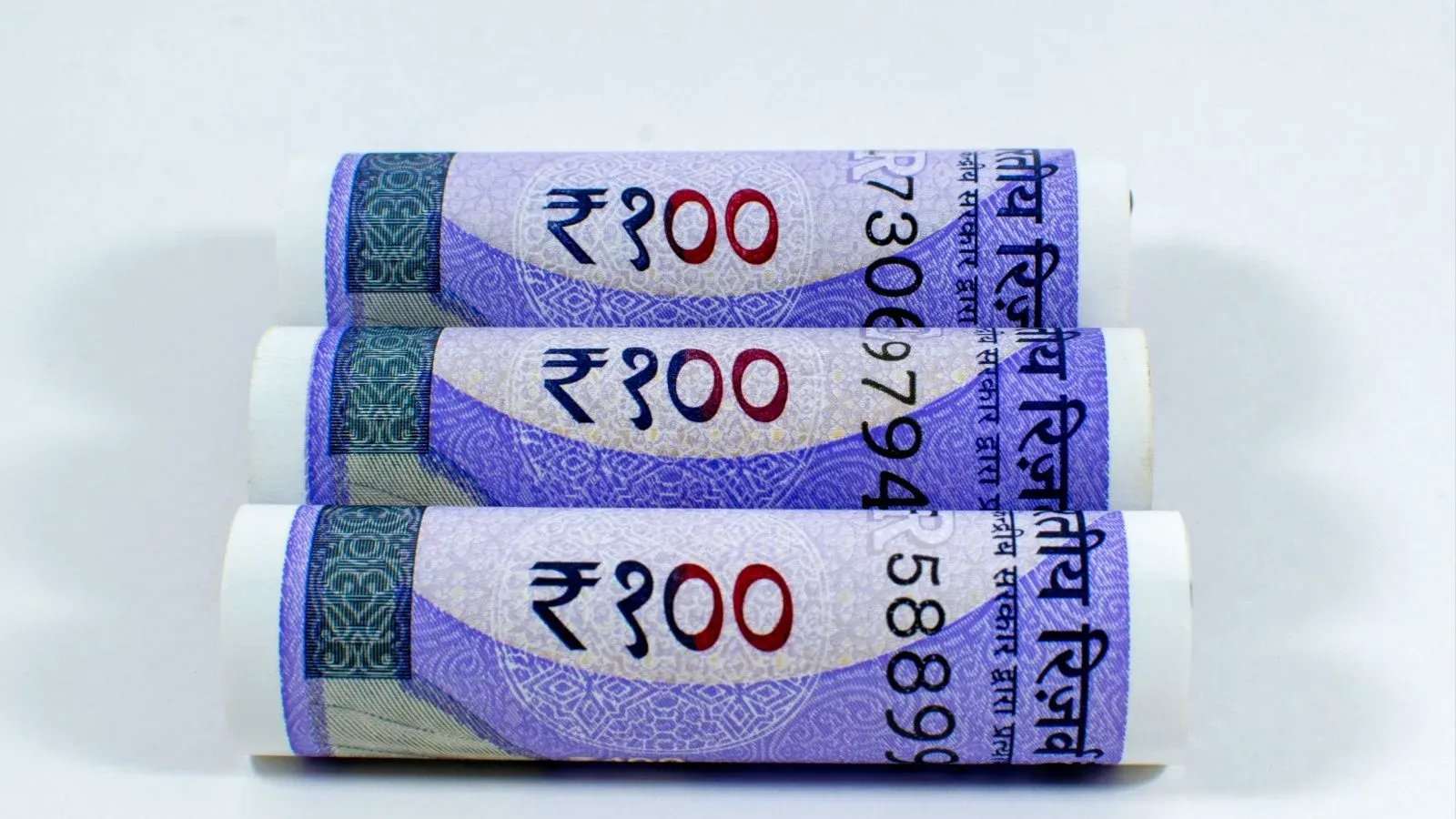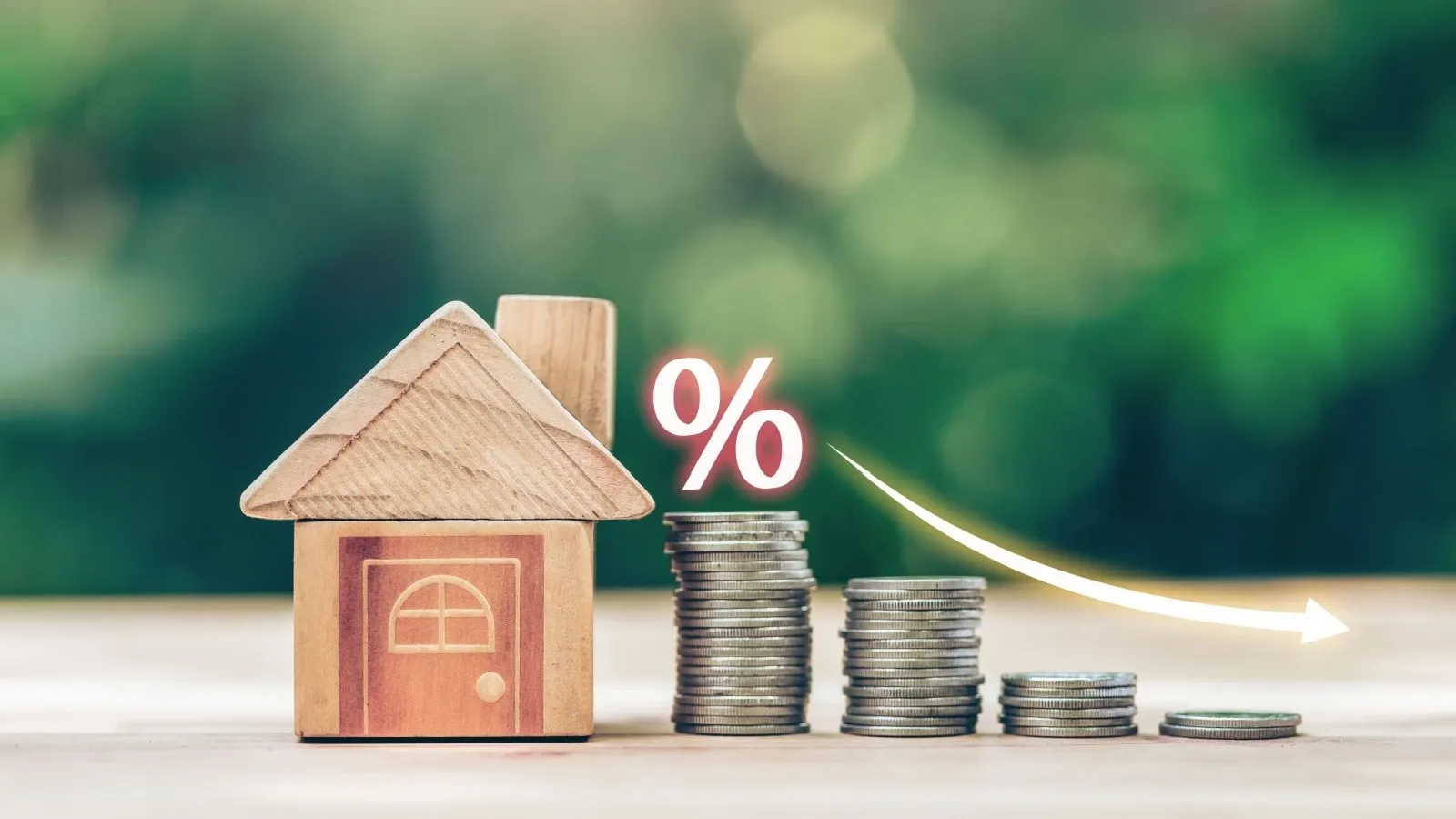Personal Finance News
₹1 lakh per month from ₹2 crore: How long can it last against 6% annual inflation?

6 min read | Updated on June 30, 2025, 14:45 IST
SUMMARY
While accumulating a big lump sum in 10-20 years is quite possible for those starting their investment journey early, it is often difficult for many savers to know how long with their money last.

It's possible to get ₹1 lakh per month but the fund may not last forever due to inflation. | Image source: Shutterstock
While accumulating a big lump sum in 10-20 years is quite possible for those starting their investment journey early, or those drawing huge salaries from a very young age, it is often difficult for many savers to understand how long their money will last.
For instance, a person needing ₹1 lakh per month from his ₹2 crore portfolio may often wonder, "Can I get ₹1 lakh per month by investing ₹2 crore? If yes, then how long will this money last if inflation keeps rising forever?
If you have to withdraw just ₹1 lakh from a ₹2 crore corpus, then it is possible even with an annuity deposit scheme of a bank offering 6% interest. Such schemes generally offer fixed deposit-like interest. However, inflation will completely erode the value of this ₹2 crore fast.
Calculation shows that ₹2 crore in FD at 7% will hardly last around 18 years and 3 months if you withdraw ₹12 lakh per year while the annual rate of inflation is just 6%. Higher inflation will wipe out your wealth even faster.
So, what's the way out?
You may look at a combination of debt instruments and equity mutual funds. The debt portion allocation can be done in a fixed deposit, RBI floating rate bonds, an annuity deposit scheme of a bank, or even in debt mutual funds.
From equity, one may expect around 12% annualised returns. However, let's be modest and expect just 10% in this article.
For the corpus to last longer, the equity portion should be higher, and the debt lower. Equity can help in growing the value of your wealth at a rate faster than inflation, while debt will provide stability to the overall portfolio.
Let's look at a simple 70:30 allocation, e.g. 70% i.e., ₹1.4 crore in equity mutual funds generating 10% annual returns and 30%, i.e., ₹60 lakh in FD/debt funds at 7%.
In this case, the total fund is expected to last 28-32 years. Let's see why:
Due to inflation, the real return from the equity portion will be only 3.77% (calculated as (1.10/1.06)-1).
Similarly, the real return from the debt portion will be only 0.943% (calculated as (1.07/1.06)-1).
The real return from this 70:30 portfolio will be around 2.94% (calculated as 0.7x3.77%+0.3x0.943%).
Now, you see the real return from the portfolio is just 2.94% while the withdrawal rate is 6% (₹12 lakh per year/₹2 crore). This portfolio is set to gradually deplete as the withdrawal rate is higher than the real return. The following portfolio depletion table shows how your corpus will be wiped out in around 28 years.
Portfolio depletion table
| Year | Monthly withdrawal (₹) | Annual withdrawal (₹) | Corpus start (₹) | Corpus after withdrawal (₹) | Portfolio return (₹) | Corpus end (₹) |
|---|---|---|---|---|---|---|
| 1 | 1,00,000 | 12,00,000 | 2,00,00,000 | 1,88,00,000 | 17,36,000 | 2,05,36,000 |
| 2 | 1,06,000 | 12,72,000 | 2,05,36,000 | 1,92,64,000 | 17,78,880 | 2,10,42,880 |
| 3 | 1,12,360 | 13,48,320 | 2,10,42,880 | 1,96,94,560 | 18,33,510 | 2,15,28,070 |
| 4 | 1,19,101 | 14,29,219 | 2,15,28,070 | 2,00,98,851 | 18,88,892 | 2,19,87,743 |
| 5 | 1,26,247 | 15,15,972 | 2,19,87,743 | 2,04,71,771 | 19,42,798 | 2,24,14,569 |
| 6 | 1,33,822 | 16,08,930 | 2,24,14,569 | 2,08,05,639 | 19,94,536 | 2,28,00,175 |
| 7 | 1,41,851 | 17,08,466 | 2,28,00,175 | 2,10,91,709 | 20,43,732 | 2,31,35,441 |
| 8 | 1,50,362 | 18,14,974 | 2,31,35,441 | 2,13,20,467 | 20,88,944 | 2,34,09,411 |
| 9 | 1,59,384 | 19,28,872 | 2,34,09,411 | 2,14,80,539 | 21,29,652 | 2,36,10,191 |
| 10 | 1,68,947 | 20,50,604 | 2,36,10,191 | 2,15,59,587 | 21,65,561 | 2,37,25,148 |
| 11 | 1,79,084 | 21,80,640 | 2,37,25,148 | 2,15,44,508 | 21,96,226 | 2,37,40,734 |
| 12 | 1,89,829 | 23,19,478 | 2,37,40,734 | 2,14,21,256 | 22,21,339 | 2,36,42,595 |
| 13 | 2,01,219 | 24,56,847 | 2,36,42,595 | 2,11,85,748 | 22,40,692 | 2,34,26,440 |
| 14 | 2,13,292 | 26,04,258 | 2,34,26,440 | 2,08,22,182 | 22,54,017 | 2,30,76,199 |
| 15 | 2,26,010 | 27,60,513 | 2,30,76,199 | 2,03,15,686 | 22,61,725 | 2,25,77,411 |
| 16 | 2,39,571 | 29,26,144 | 2,25,77,411 | 1,96,51,267 | 22,63,684 | 2,19,14,951 |
| 17 | 2,53,945 | 31,01,713 | 2,19,14,951 | 1,88,13,238 | 22,59,589 | 2,10,72,827 |
| 18 | 2,69,182 | 32,87,816 | 2,10,72,827 | 1,77,85,011 | 22,49,671 | 2,00,34,682 |
| 19 | 2,85,333 | 34,84,085 | 2,00,34,682 | 1,65,50,597 | 22,33,341 | 1,87,83,938 |
| 20 | 3,02,453 | 36,92,130 | 1,87,83,938 | 1,50,91,808 | 22,10,537 | 1,73,02,345 |
| 21 | 3,20,600 | 39,11,658 | 1,73,02,345 | 1,33,90,687 | 21,81,410 | 1,55,72,097 |
| 22 | 3,39,836 | 41,42,032 | 1,55,72,097 | 1,14,30,065 | 21,45,712 | 1,35,75,777 |
| 23 | 3,60,226 | 43,82,717 | 1,35,75,777 | 91,93,060 | 21,02,404 | 1,12,95,464 |
| 24 | 3,81,839 | 46,42,070 | 1,12,95,464 | 66,53,394 | 19,96,019 | 86,49,413 |
| 25 | 4,04,749 | 49,12,983 | 86,49,413 | 37,36,430 | 18,16,821 | 55,53,251 |
| 26 | 4,28,034 | 51,96,408 | 55,53,251 | 3,56,843 | 1,49,875 | 5,06,718 |
| 27 | 4,53,716 | 54,92,591 | 5,06,718 | -49,85,873 | 0 | 0 |
| 28–32 | — | — | 0 | 0 | 0 | 0 |
If you want the portfolio to last longer, then you may need to allocate more to equity or to funds expected to generate higher returns. However, this may result in higher risks to the portfolio. Alternatively, you may try to reduce the withdrawal amount or expect the inflation to remain lower.
Please note that you should be careful while investing in equity mutual funds. It is recommended to consult a SEBI-approved financial advisor, preferably a certified financial planner, before investing in any equity instrument.
The financial planner will not only help you identify the most suitable funds or financial instruments but also help periodically review your portfolio to make timely adjustments.
Disclaimer: The views and opinions expressed above are those of respective experts/commentators and do not reflect the views of Upstox. This content is only for informational purposes and should not be considered investment advice from Upstox.
Related News
By signing up you agree to Upstox’s Terms & Conditions
About The Author
Next Story



